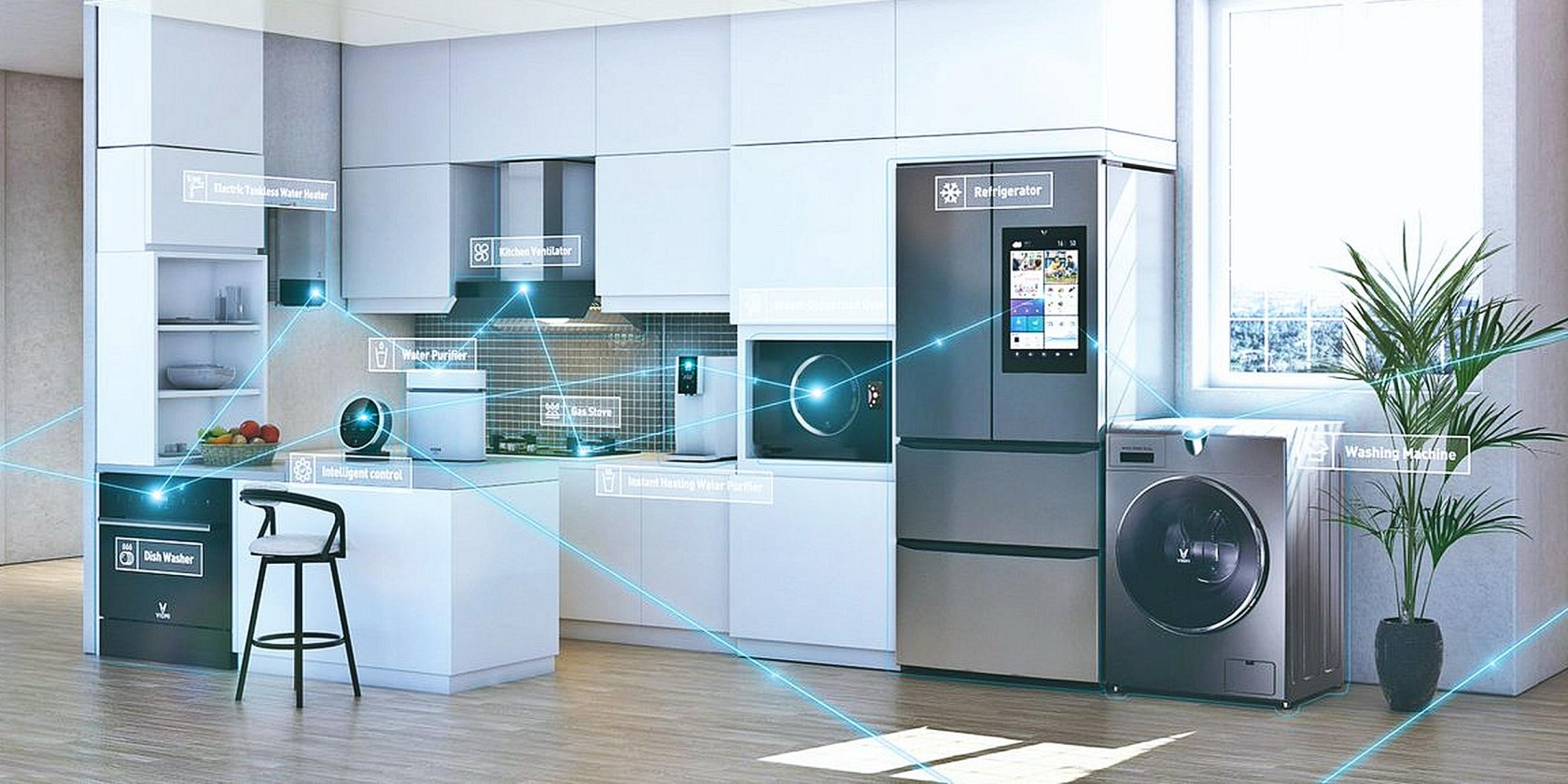
Smart Appliances: The Future of Home Automation
Introduction to Smart Appliances
The rapid advancement in technology has transformed the way we interact with household appliances. Smart appliances have become a crucial part of modern homes, offering convenience, energy efficiency, and automation. These intelligent devices connect to the internet and can be controlled remotely, making life easier and more efficient.
What Are Smart Appliances?
Smart appliances are internet-connected devices designed to automate and optimize household tasks. They can be controlled through smartphones, voice assistants, or even AI-based automation systems. From refrigerators that track food inventory to washing machines that adjust water usage based on load size, smart appliances enhance home efficiency.
Benefits of Smart Appliances
1. Convenience and Automation
Smart appliances provide convenience by allowing remote control and automation. For example, a smart coffee maker can brew coffee at a scheduled time, and a smart thermostat can adjust the temperature based on user preferences.
2. Energy Efficiency
Many smart appliances are designed to optimize energy use. Smart thermostats, lights, and refrigerators reduce energy waste, lowering electricity bills and environmental impact.
3. Enhanced Security
Smart locks, security cameras, and alarm systems offer increased security by allowing homeowners to monitor their homes remotely. These devices send real-time alerts and video feeds, ensuring better safety.
4. Remote Monitoring and Control
With smart appliances, users can control and monitor their devices from anywhere. For instance, a smart oven can be turned on before arriving home, ensuring a meal is ready upon arrival.
5. Integration with Smart Home Ecosystems
Smart appliances work seamlessly with voice assistants like Amazon Alexa, Google Assistant, and Apple Siri, providing a unified smart home experience.
Popular Types of Smart Appliances
1. Smart Kitchen Appliances
Smart Refrigerators
Smart refrigerators can track expiration dates, create grocery lists, and suggest recipes based on available ingredients. Some models come with touchscreens and cameras that allow users to check their fridge’s contents remotely.
Smart Ovens
These ovens feature precise temperature control, remote monitoring, and automatic cooking programs. Users can preheat or adjust cooking settings via smartphone apps.
Smart Coffee Makers
Coffee makers with Wi-Fi connectivity enable users to schedule and customize brewing settings from their smartphones.
2. Smart Laundry Appliances
Smart Washing Machines
These washers optimize water usage, adjust detergent levels, and offer remote monitoring. Some can even diagnose issues and provide troubleshooting solutions.
Smart Dryers
Smart dryers detect moisture levels and automatically adjust drying time to prevent over-drying and save energy.
3. Smart Climate Control Appliances
Smart Thermostats
Devices like Nest and Ecobee learn user preferences and adjust temperatures accordingly, reducing energy consumption and ensuring optimal comfort.
Smart Air Conditioners
Smart AC units allow users to control temperature settings via smartphone apps, ensuring energy-efficient cooling.
4. Smart Lighting and Electrical Appliances
Smart Bulbs
Smart bulbs can change color, dim, and be scheduled via mobile apps or voice commands.
Smart Plugs
Smart plugs convert traditional appliances into smart devices by enabling remote control and automation.
5. Smart Cleaning Appliances
Smart Vacuum Cleaners
Robot vacuums like Roomba can navigate rooms, avoid obstacles, and be scheduled for automatic cleaning.
Smart Dishwashers
Smart dishwashers optimize water and detergent use while providing remote monitoring and notifications.
6. Smart Security Appliances
Smart Locks
Smart locks allow keyless entry and remote access, enhancing home security.
Smart Cameras
These cameras offer real-time video feeds, motion detection, and cloud storage for security monitoring.
How to Choose the Best Smart Appliances
1. Compatibility with Smart Home Systems
Ensure the appliance is compatible with existing smart home platforms like Alexa, Google Assistant, or Apple HomeKit.
2. Connectivity Options
Wi-Fi and Bluetooth connectivity are essential for remote access and control.
3. Energy Efficiency Ratings
Check for ENERGY STAR certification and other energy-saving features.
4. User Reviews and Brand Reputation
Research customer reviews and choose reputable brands known for reliability and customer support.
5. Security Features
Smart appliances should have robust security features, including encryption and password protection, to prevent hacking.
The Future of Smart Appliances
1. AI-Powered Automation
Future smart appliances will leverage AI to learn user preferences and optimize functionality.
2. IoT Integration
The Internet of Things (IoT) will enable seamless communication between multiple smart devices, creating fully automated homes.
3. Sustainable and Eco-Friendly Solutions
More energy-efficient and eco-friendly smart appliances will be developed to promote sustainability.
4. Voice and Gesture Control
Enhanced voice and gesture control capabilities will make smart appliances even more user-friendly.
Conclusion
Smart appliances are revolutionizing modern living by offering convenience, energy efficiency, and enhanced security. As technology continues to evolve, these devices will become even more intelligent and interconnected, creating a seamless smart home experience. Investing in smart appliances not only improves daily life but also contributes to a more sustainable future.